Speak to a Madagascar expert today
and start planning your tailor-made holiday

Alistair


Can't decide where to go? Why not peruse some of our most popular destinations for inspiration then give us a call!
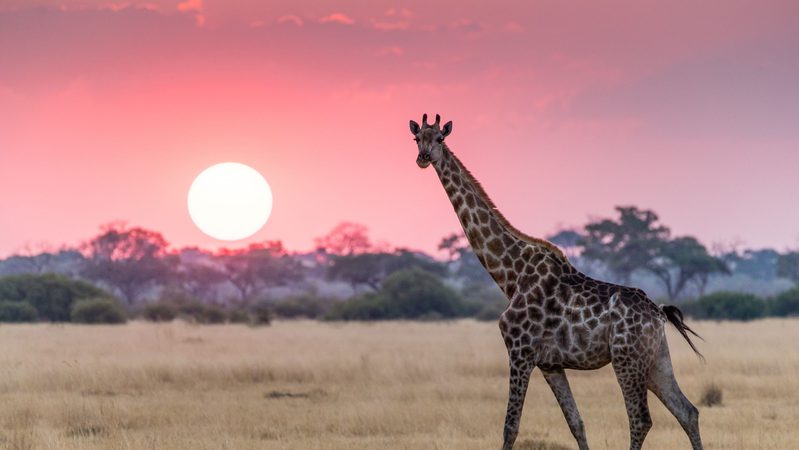
A diverse land brimming with superb safaris, pristine sandy beaches, towering snow-capped peaks and tropical underwater worlds is just waiting to welcome you

Australia offers vibrant cities, diverse landscapes, and iconic wonders like the Great Barrier Reef. New Zealand adds dramatic scenery, Maori culture, and relaxed charm. Together, they promise nature, adventure, culture, and warm hospitality.

If you're dreaming of an island getaway, look no further than the Caribbean with its gorgeous soft sand beaches and lively, diverse cultures.

Head to the amazing destination that is Central America, full of the knowledge of ancient civilizations, incredible mountains, and beautiful beaches.

Discover vibrant cultures, pristine beaches, and tantalizing flavours in the captivating travel haven that is East and Southeast Asia

Embark on a journey through the vibrant tapestry of India, Sri Lanka, and Bhutan—where ancient temples, lush tea plantations, and soaring Himalayan peaks promise unforgettable moments at every turn.
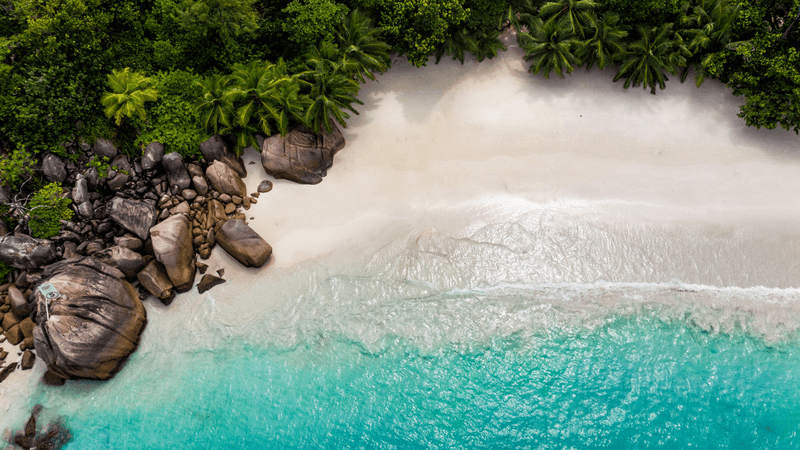
Picture yourself basking on sun-kissed beaches, sipping tropical cocktails beneath swaying palms —where crystal-clear lagoons and luxurious resorts cater to your every desire.

Experience world-class hospitality, mouthwatering cuisines, and the region’s deep-rooted cultural traditions for an unforgettable Middle East adventure.

Venture to the ends of the Earth and behold the icy majesty of polar landscapes. Discover pristine solitude, exhilarating expeditions, and breathtaking views that promise a memorable encounter with nature at its most dramatic
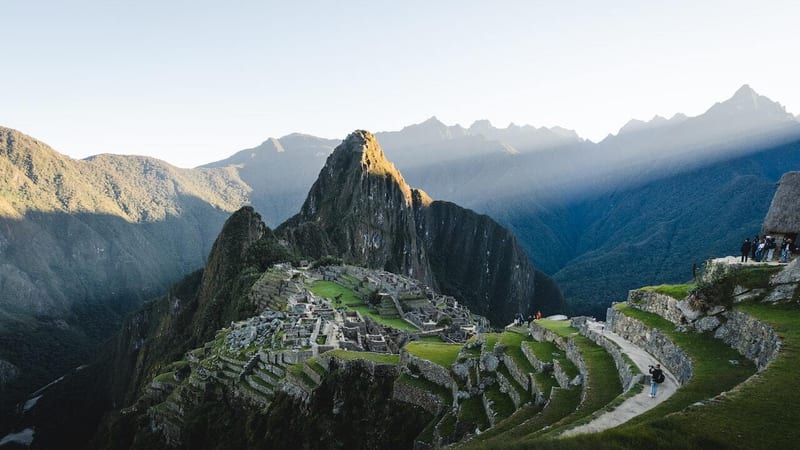
Journey into the heart of South America, where the rhythmic pulse of its vibrant cities meets the majesty of the Amazon rainforest and the timeless wonder of ancient civilizations.
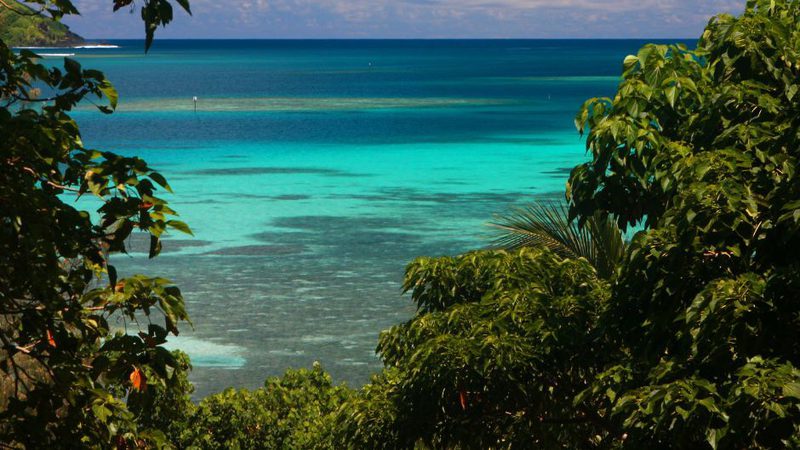
The South Pacific is a paradise of turquoise waters, white-sand beaches, and vibrant island cultures. From adventure and natural beauty to pure relaxation, each island offers its own unique charm and welcome.
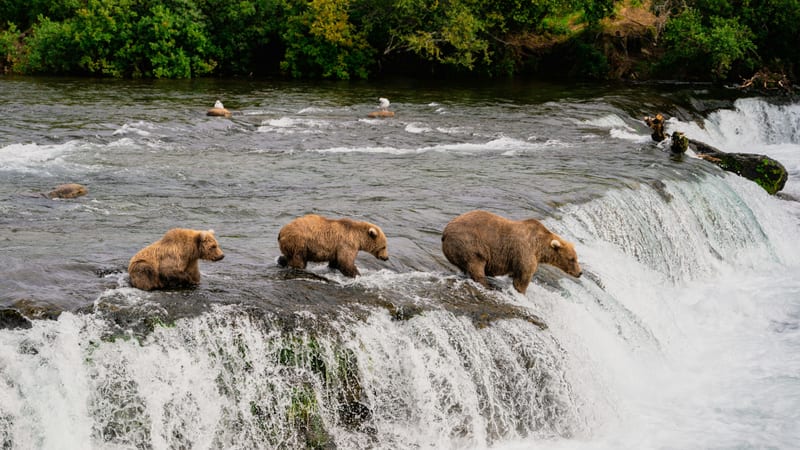
From the soaring plains of the Southwestern USA to the stunning landscapes of the expanses of Canada, visit some of the most impressive scenery in the world

If you are looking for a trip to knock iconic locations off your bucket list, check out our buck list recommendations
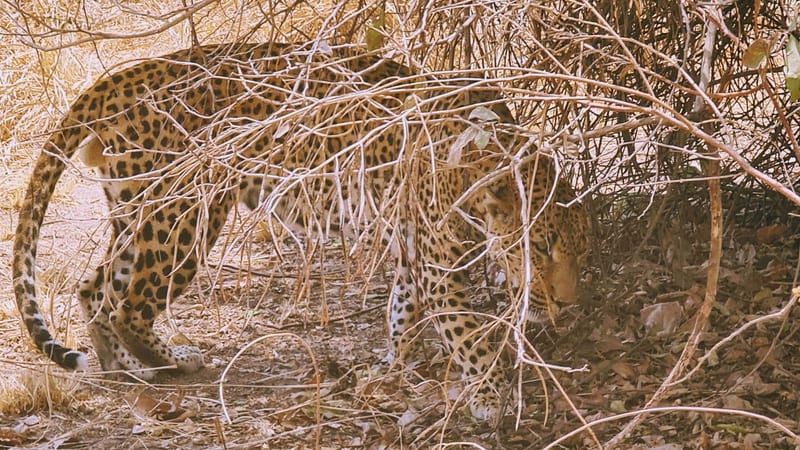
From the graceful stride of giraffes at sunrise to the echoing roars of lions beneath starlit skies, each of our safaris promises an unforgettable dance with nature.


Our family holidays are a perfect opportunity to create lasting memories, whether exploring new destinations or simply enjoying quality time together. From adventure-filled escapes to relaxing beach retreats, they offer a chance to reconnect and unwind away from daily routines.

Our luxury holidays offer the finest experiences, from exclusive resorts and private villas to tailor-made adventures with impeccable service.

For those seeking adventure beyond the usual tourist trails, our off-the-beaten-track trips take you to some of the world’s most remote and untouched destinations, where authentic cultural encounters and breathtaking landscapes await. Let us craft your unique journeys that few travellers ever experience.

For the ultimate beach escape, we offer luxury holidays to some of the world’s most stunning coastal destinations, from the white-sand shores of Antigua to the turquoise waters of Zanzibar.

For those who crave excitement and exploration, our adventure holidays take you to some of the world’s most thrilling destinations, whether trekking through Patagonia, summiting Mount Kenya, or kayaking past icebergs in Antarctica.

Interested in something a bit more focused? How about a horse-riding holiday through Argentina? Or a photography safari? Look through our Special Interest holiday selection for inspiration

Our wildlife holidays invite you to step into unique ecosystems and experience amazing animal encounters. Whether spotting majestic tigers in the jungles of India or marvelling at polar bears in the Arctic, each trip promises awe-inspiring moments steeped in the magic of nature.

Our small group tours offer the perfect balance of expert-guided exploration and personal experience, taking you to incredible destinations with like-minded travellers. Whether it's a wildlife safari in Botswana, a cultural journey through Vietnam, or a chef-led expedition through India, our carefully curated itineraries ensure an intimate, enriching, and hassle-free experience.

Sustainability travel is at the core of what we do and a guiding principle in every choice we make as a business. Let us help you make sustainable travel choices
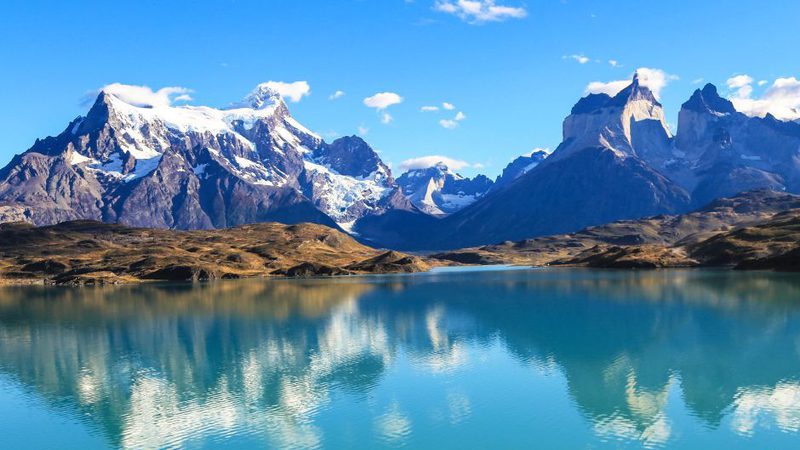
Read about what we do to make a difference
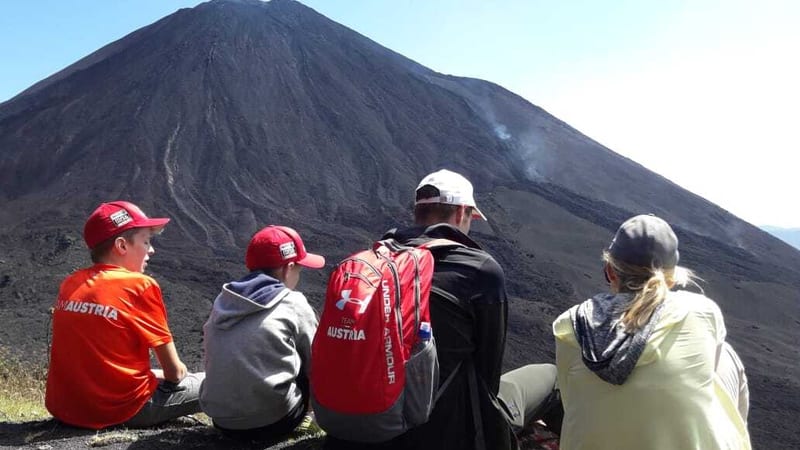
One of the most important parts of our commitment to responsible travel is protecting our clients, and it is a part that we take extremely seriously.
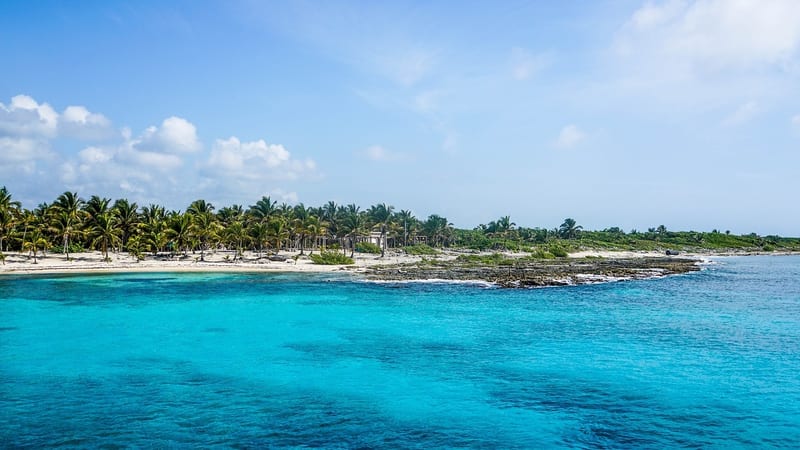
Not sure what's best for which time of year? Check out our expert-written guides

Looking for some expertise on your destination? Have a look through our selection of guides and articles written by our destination experts

Looking for more inspiration? Read from our range of hundreds of articles from our travel specialists, local guides, and personal travel tales.

Our mission is to make every holiday special. We will do this whilst specifically aiming to minimise the environmental impact of our activity and maximise our opportunity to influence others to do the same.
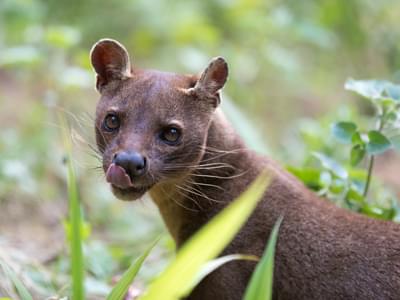
More than 80% of tourists going to Madagascar are attracted by the island's wildlife. Almost everything you see and touch there is endemic - that is to say, they are not found anywhere else. A lengthy isolation from Africa and later India allowed for its wildlife to evolve gently in an isolated environment, free from great predators. While many people visit to see the iconic lemurs, you'll encounter all sorts of extraordinary life forms. Here are ten of them:
1. The nocturnal geckos of the genus 'Uroplatus' are accomplished masters of camouflage, with some species resembling bark while others look like dead leaves. Uroplatus ebenaui or the Spearpoint leaf-tailed gecko is one of the latter groups. This one was near Montagne d'Ambre National Park.

Without doubt, the strangest of all the Lemurs - if not of all primates - is the nocturnal, cat-sized Aye aye. It is fairly widely distributed but scarce and elusive. It looks like a random selection of animal parts crudely glued together, with large, bat-like ears, a bushy, foxy tail and ever-growing, rodent-like incisors. But its those hands which are like nothing else: the middle finger is thin and elongated, enabling the lemur to extract grubs from holes which it gnaws into branches or tree-trunks. The best places in which to seek it are at Ranomafana National Park near where there is a challenging hike at Kianjavato, or on a small wooded islet in Lac Ampitabe off the relaxed Le Palmarium Hotel. (This is at the Pangalanes Canal in Eastern Madagascar).

Madagascar is filled with delightful 'small-scale marvels' as guidebook publisher and Madagascar expert Hilary Bradt wrote in her Bradt Madagascar Guide.. One of the better known examples is the Giraffe-necked weevil, a red and black beetle in which the males have particularly elongated necks. They are easily located at Andasibe-Mantadia National Park where guides know which shrubs and bushes they feed on.

Madagascar is home to more than half the world's chameleons including the largest, the two-foot-long Parson's chameleon, and the tiniest, the Pygmy stump-tailed chameleon (Brookesia micra). One of the most intriguing though, is Labord's chameleon (Furcifer labordi) which inhabits the dry forest in and around Kirindy Forest. What makes this animal remarkable is its 'live fast die young' life cycle of about 4-5 months, shorter than that of any other tetrapod. Tied to the long, dry season in the western plains, it works as follows: the eggs hatch during the November rains. In about two months the young become adults ready to breed. Both sexes sport striking colour patterns. After a brief breeding season in the Malagasy summer (January-February) the whole adult population dies off. This means that for the duration of the long dry season (May - October) the entire population of the species exists only as eggs buried underground.

The four members of the Asity family are as odd as many other 'Things Madagascar': two, the Velvet and Schlegel's asitys, are plump and resemble broadbills. The other two members of this odd little endemic family, couldn't be more different: the tiny Common and Yellow-bellied Sunbird-asitys were for decades called 'False sunbirds', because of their long, curved bills adapted to feeding on nectar. Then, taxonomic investigations revealed their affinities with the larger Asitys 'proper'. Males of all four species - such as this Velvet asity photographed at Ranomafana National Park. sport near-fluorescent cobalt and green facial wattles and caruncles as part of their breeding regalia. When displaying, males can raise certain facial wattles and perform acrobatic manoeuvres reminiscent of pole dancing. Also unusual is that they engage in 'lek' breeding behaviour.

Intrigued by what you've read so far? Why not chat with one of our experts about visiting Madagascar? Or have a look at some of the Madagascar trips we offer?
The biggest of Madagascar's carnivores is the lithe Fosa (also spelled Fossa). Which, while it looks like a smaller, elongated, and low-slung Puma of sorts, isn't related to cats. Rather, it is one of the island's endemic Viverrids, more aligned to the mongoose family. Fosa is a formidable predator - its favoured prey items are lemurs such as the acrobatic Sifakas, which can leap 20 feet between trees if pressed. In high-speed arboreal chases, Fosa can comfortably clear the same distances. Pound for pound, they are among the most powerful carnivores. They are widely but thinly distributed. Fosa are readily seen in one place: Kirindy Forest where a few individuals have become quite habituated to people around the researchers' campsite. Females are site-faithful and return to the same tree annually (usually in late October - early November) to mate with several males.

Snakes of the bizarre genus 'Langaha' are among the island's many impressive endemic creepy-crawlies. In the very distinctive Madagascar spear-nosed snake (L, madagascariensis), males are yellow and tan, with a spear-shaped nasal appendage. .

Females look like a different species altogether, greyish in colour with a serrated, leaf-shaped nasal extension giving rise to the name 'Madagascar leaf-nosed snake'. The species is quite widely distributed and can be seen in locations such as Lokobe in the Nosy Be Archipelago, Anjajavy Reserve and Zombitse Forest in the interior south-west

The largest of Madagascar's endemic rodents, the Giant jumping rat is an endangered inhabitant of the dry deciduous forests of the Menabe region. Threats to its existence include a slow reproductive rate, habitat destruction, and a narrow range of habitat - only some 200 km2. Visitors to Kirindy Forest stand a fair chance of seeing this charming, rabbit-sized rodent, which has strong back legs enabling it to hop around like a little kangaroo when pursued by predators such as Fosa. It is one of the subjects of respected NGO Durrell Wildlife Conservation Trust's SAFE (Saving Animals From Extinction) programmes and has bred well at their Jersey Zoo.

Parson's chameleon is the grand-daddy of all chameleons, measuring up to 2 feet. (68cm). These mostly emerald green giants inhabit the rainforests of Eastern Madagascar where they are best sought in the Andasibe-Mantadia National Park and also in Ranomafana National Park. Males have a hard ridge above the eyes culminating in two short horns. Like other chameleons, they initially reflect white in torch beams so are often easier to spot at night. Astonishingly, their eggs, which are buried underground, take two years to hatch.

10. Madame Berthe's Mouse Lemur
What would a round-up of Malagasy wildlife be without the smallest of all Primates? Madame Berthe's mouse lemur is yet another inhabitant of the seriously threatened tropical dry deciduous forests in the Menabe region near Morondava. It can be seen relatively easily during guided night walks at Kirindy Forest and nearby Marofandilia Forest in Western Madagascar. The species has an average body length of 9.2 cm and weight of about 30 grams so fits comfortably into an egg cup.

Wondering when to visit? Take a look at this guide on the best time to visit Madagascar.
Looking for some more inspiration? Take a look at our best safari holidays ideas, our favourite family safaris, our big five safari guide or our top African safari honeymoon suggestions.
Start planning your ultimate safari to Madagascar by calling us on 01768 603 715.

and start planning your tailor-made holiday


What can I say….my son and myself had the most wonderful time in Kenya thanks to the first-class itinerary that Ben and Louise put together for us. We spoke with Ben many times to ensure he ‘got it right’. This was our 2nd visit to Kenya, and it certainly lived up to our expectations and memories. Nothing was too much trouble for all the staff; we cannot have been looked after any better. I would highly recommend Far and Wild; they are so knowledgeable and have personally visited the lodges and areas. We are already planning another visit, and we cannot wait.
I have just returned from the most amazing trip to Tanzania, booked with Far & Wild. Everything went so smoothly from the first time I spoke with them. The planning was great, the itinerary was perfect for us, and the lodges were amazing. We spent 10 nights with an amazing guide, travelling through Northern Tanzania and even got to see the migration, which was a lifetime ambition of mine. This wasn't our first safari, so we were nervous as to how it would compare, but it was spot on. I will certainly be using them again to book our next trip....we're thinking of a relaxing beach stay next time to get over the excitement of safari!
Just back from another amazing F&W organised trip to Namibia with the family (8 adults). Having been there before, Alistair tailored our trip to include our favourite locations and added a new one for us, which we loved.The quality of accommodation and guiding, activities, food and drinks was exceptional throughout. It was good value for the level of luxury we had.
We had a wonderful trip to São Tomé and Príncipe - a small island nation in the Gulf of Guinea with paradise (almost empty) beaches and jungle forest. It was all well organised by Far and Wild and we stayed at a great combination of different types of resorts/hotels. We really recommend this for those who want to experience a pristine destination with few other tourists and friendly and welcoming people. The islands also feel very safe. At Principe, there are no dangerous animals, snakes or whatever, and it was great to be able to hike in the jungle without being very conscious of where to put your hands and feet. Go before everyone else does!
Back home again, basking in the joys of a superb safari. Every aspect you arranged for us, including linking up with Mack Air and Wild Horizons locally to transport us. The choice of camps was ideally situated, comfortable, in good surroundings, and with excellent wildlife on the doorstep and throughout the wider country. The service staff in each looked after us very well, catering was excellent, and the game guides were professional, knowledgeable and helpful. You made us happy, and we recommend you to similar safari enthusiasts with confidence.
Far and Wild went above and beyond to make sure my trip to Zambia was special. I would definitely recommend them and their services to anyone wanting to travel to Africa.
Lovely holiday at the amazing Almanara on Galu beach, a beach like no other. Far and Wild excelled themselves from beginning to end of our holiday in beautiful Kenya.... What a country!,
Wow! These guys are amazing. Can’t recommend them highly enough. Friendly AND efficient! Sorted out our trip (last minute and lots of different family member needs, sorry!) in record time and everything worked like clockwork. Trip of a lifetime to the Masai Mara. Will be back (and use F&W again!)!
It was a dreamy holiday on the Kenyan Coast - Far and Wild, their efficiency and professionalism allowed us to relax and be the happiest family alive !! We cannot fault them, their care and understanding of what we wanted from a holiday ensured we had the most memorable trip. We will be booking with them again for sure!






Get travel tips directly to your inbox every week
Give us a call on 0203 111 1315 or fill in the form below and we’ll be in touch.